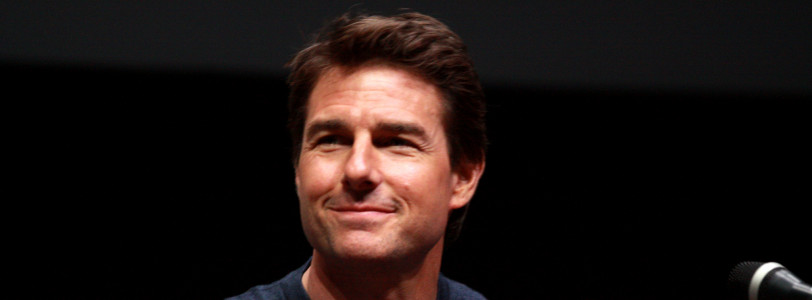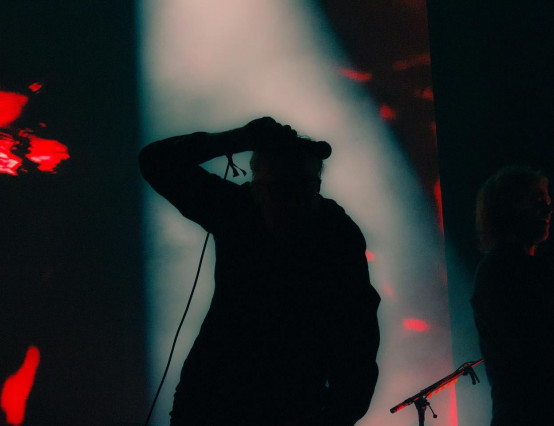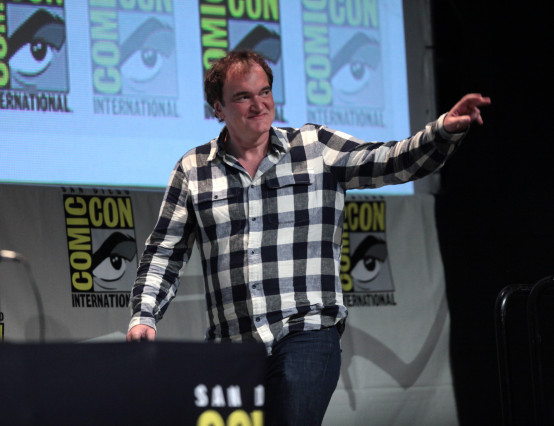Top Gun is set mostly at Naval Air Station Miramar in San Diego, and it follows several young naval aviators as they attend TOPGUN, the Naval Fighter Weapons School that is meant only for the best of the best. The film focuses on Lieutenant Pete “Maverick” Mitchell, played by Tom Cruise, a cocky and confident pilot determined to win the TOPGUN trophy, and his relationships with best friend Nick “Goose” Bradshaw (Anthony Edwards), love interest and TOPGUN instructor Charlotte “Charlieh” Blackwood (Kelly McGillis), and fierce rival Tom “Iceman” Kazanski (Val Kilmer).
If ever a film perfectly encapsulated the era it was made in, Top Gun did. American cinema in the 80s saw the rise of blockbusters and the “high concept” film, with high budgets, over-the-top action, catchy soundtracks, and simple plots that could be summarised in few words. As a film perfectly designed for mass audience appeal, Top Gun is wholly emblematic of the trends in cinema at the time. It also, coinciding with Reagan-era politics and the rise of American exceptionalism, functions as American military propaganda, which was something that went hand-in-hand with the trends towards excessive action at the time. The US Navy provided the film with equipment such as planes and aircraft carriers, and in return they were allowed to edit the script for Top Gun to ensure they were portrayed positively. The Navy also set up recruitment tables outside cinemas across the US in order to attract applicants, and the number of men who joined the Navy wanting to be Naval Aviators went up by 500 percent.
Top Gun being blatant military propaganda does not automatically make it a bad film, however. For an 80s movie about naval aviators and the competition between them, the themes could easily have become dated, and it would have been very easy for Top Gun and its themes to age poorly. Instead, almost the opposite has happened – in the years since its release, more and more people have picked up on the homoerotic undertones and the gay subtext in the film. Critic Pauline Kael called it a “shiny homoerotic commercial” in which the characters “strut around the locker room, towels hanging precariously from their waists,” and Quentin Tarantino has a comedic monologue in the 1994 film Sleep With Me where he goes into extreme detail about the homoerotic undertones. While the existence of this subtext doesn’t magically make Top Gun a good film, there’s something endearing about an 80s film rife with masculinity and male competition becoming seen as a gay love story in disguise.
As for the narrative, films do not get much simpler: man battles rival while also getting the girl. The love story between Maverick and Charlie is hardly ever believable – or interesting – and the best scenes in the film tend to be when nobody is speaking. The action scenes are incredibly well done, and it’s quite impressive how they made it so engaging when it could have been so easy to completely lose the audience in the chaos of a dogfight. Everything else, in terms of the narrative anyway, is more or less the bare minimum. There is nothing memorable about the plot of Top Gun – the only bit of dialogue that has become famous since the film’s release, for example, is the one about feeling the “need for speed,” which the action could again be credited for, as it’s doubtful anyone would remember that if the action scenes containing said speed were as forgettable as the melodrama present in the rest of the film.
The direction from Tony Scott is as great as ever, though and he does everything he can with a mediocre script. There are some beautiful shots in this film, and it is far more colourful and vibrant than most contemporary blockbusters. The soundtrack does it a lot of favours too. It’s one of the most popular soundtracks ever made, reaching 9× Platinum certification, and the songs “Danger Zone” (by Kenny Loggins) and “Take My Breath Away” (by Berlin) have become classics in their own right and topped charts around the world. It’s hard to picture the romance in Top Gun without the lush synths of “Take My Breath Away” drowning out any memory of actual dialogue.
All in all, the status of Top Gun as a classic is more than understandable. It perfectly encapsulates the 1980s, the soundtrack was an enormous hit, and the mix between romance, melodrama, and over-the-top action makes it accessible to any audience. Audiences watching for the first time today may not be particularly impressed, however, as the action isn’t especially impressive compared to many of the films that have come out since, and the script leaves a lot to be desired.
Perhaps the upcoming sequel can capitalise on Top Gun’s popularity while also improving upon areas the original was lacking?









0 Comments